By: Ashley Rivas
How many times have you looked at a Pokémon and wondered, “What kind of tweaked out psychopath came up with that monstrosity”? Maybe it’s not even weird, just dumb, like the literal bag of trash, Trubbish.
Some Pokémon designs certainly stretch past the realm of feasibility, even in a world where 10 year olds explore the world on money they earn from having their subservient creatures beat the stuffing out of the creatures of a random stranger. Pokémon regions are weird ones, and they spawn weird things. But what’s awesome about the weirdness is that it’s frequently rooted in the weirdness of our own reality and cultures. That’s right—some of the Pokémon you know and love were plucked right out of the equally strange myths of our deeply, deeply disturbed collective unconscious. Was Trubbish? I dunno. We’ll cross that bridge when we get to it.
We’re going to spend some time exploring the cultural, mythological, and historical roots of different Pokémon, both in-universe (the Pokémon world) and out (you know, “reality”). Some have a basis in our world, and others are attached to the myths that run just as deep in Kanto, Johto, Hoenn, and so on.
So who’s first up?
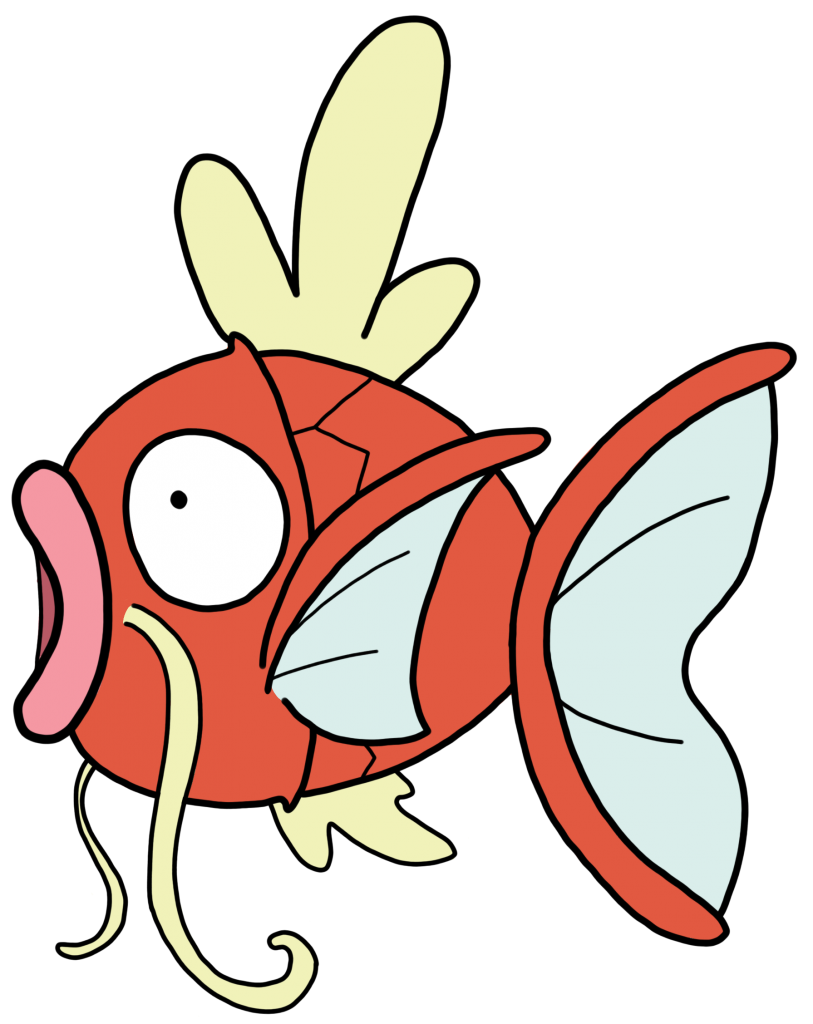
Look into the eyes of the void.
Magikarp and Gyarados
Magikarp is one goofy motherfucker. Their adorable, gaping mouths just whine “carp, carp” on loop, and if you’re not careful, you’ll get swindled out of your cash thanks to empty promises of a lucrative Magikarp farm. Is it worth it to hold out to level 20 and get that sweet, sweet Gyarados? Yeah. Do it. What are you, a pussy? It’s level 20, you can make it.
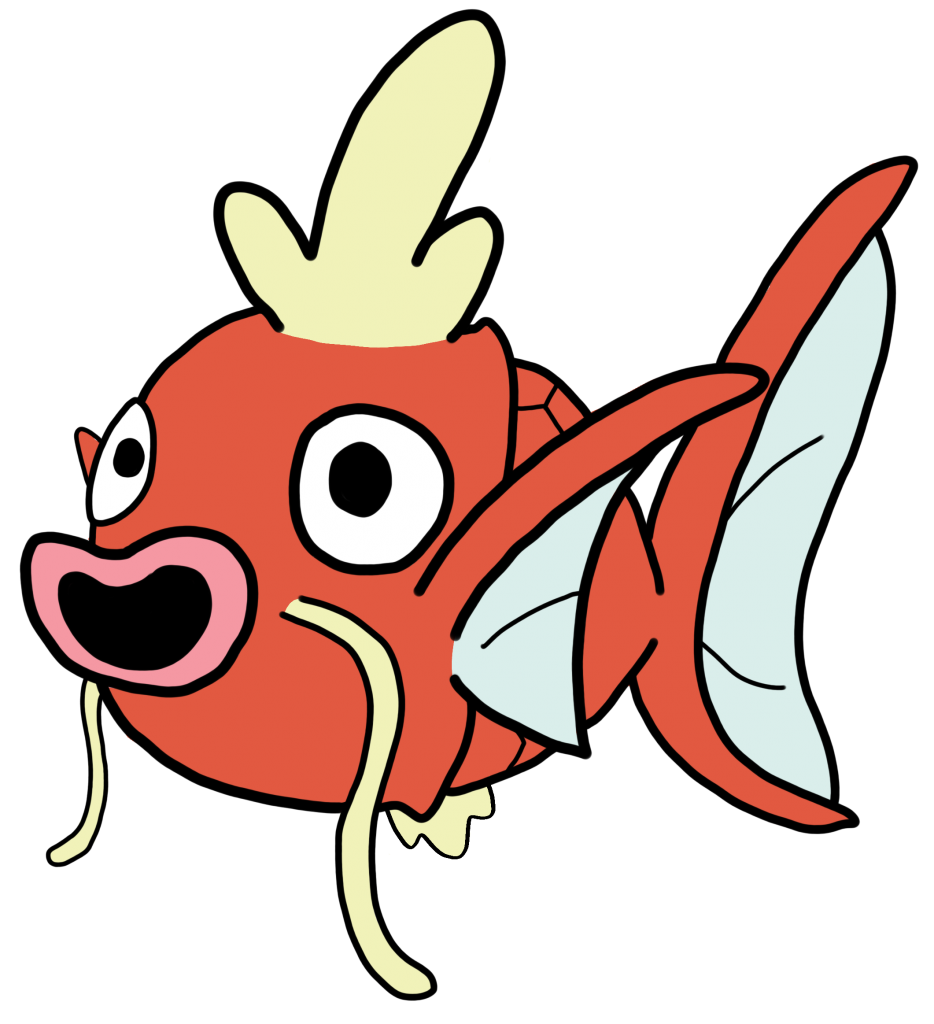
True despair has never been so derpy.
Magikarp stands in stark contrast to its secondary form, the almighty Gyarados, but there’s a definite reason for that. Actually, there might be two reasons. But let’s start with the confirmed, factual one first. Even though that’s not as fun.
The Facts
Magikarp is based on the Asian carp. Duh! The boxy sloped forehead, puffed up lips, and general derpness are strongly inherited from the real life fish.
There are a lot of species of carp, and these suckers are shockingly invasive. The silver carp in particular has become a huge problem in the US, since the Asian carp was introduced years ago to attack algae. Now they’re invasive, and the Army Corps of Engineers wants to drop millions to keep those little jerks from breaking into the Great Lakes and wreaking havoc on the fishing industry there.
One key thing to know about these carp: they’re good at jumping. Operating a boat down a river at a high enough speed (and subsequently, sound) can cause them to leap out of rivers and actually punch people in the face. The incredibly charming and dashing British angler Jeremy Wade spent some time with those little assholes, if you’d like some glorious slow-mo of his handsome face getting slapped by a slimy sucker.
Besides physical resemblance and Magikarp’s English name (uh, karp = carp here, but we’ll cover the Japanese name later), there’s one more awesome connection between Magikarp and the Asian carp. Magikarp’s most infamous move is “Splash”, where it flails around desperately for a minute with absolutely no effect on anyone besides giggles and sadness. Originally, Splash was the signature move of Magikarp, but once Generation II hit, other Pokémon could learn Splash. It was a little weird to have the name be Splash when non-Water types could learn it, and when the move itself is a Normal type attack. But the pieces fall together when you look at the Japanese translation, “haneru”. It’s actually more akin to “hop” when translated, though it can mean splash too (more commonly it’s hop). All of these Pokémon are really good at hopping, but when you put that move on your trusty Magikarp, the connection to the carp is painfully clear.
Gyarados
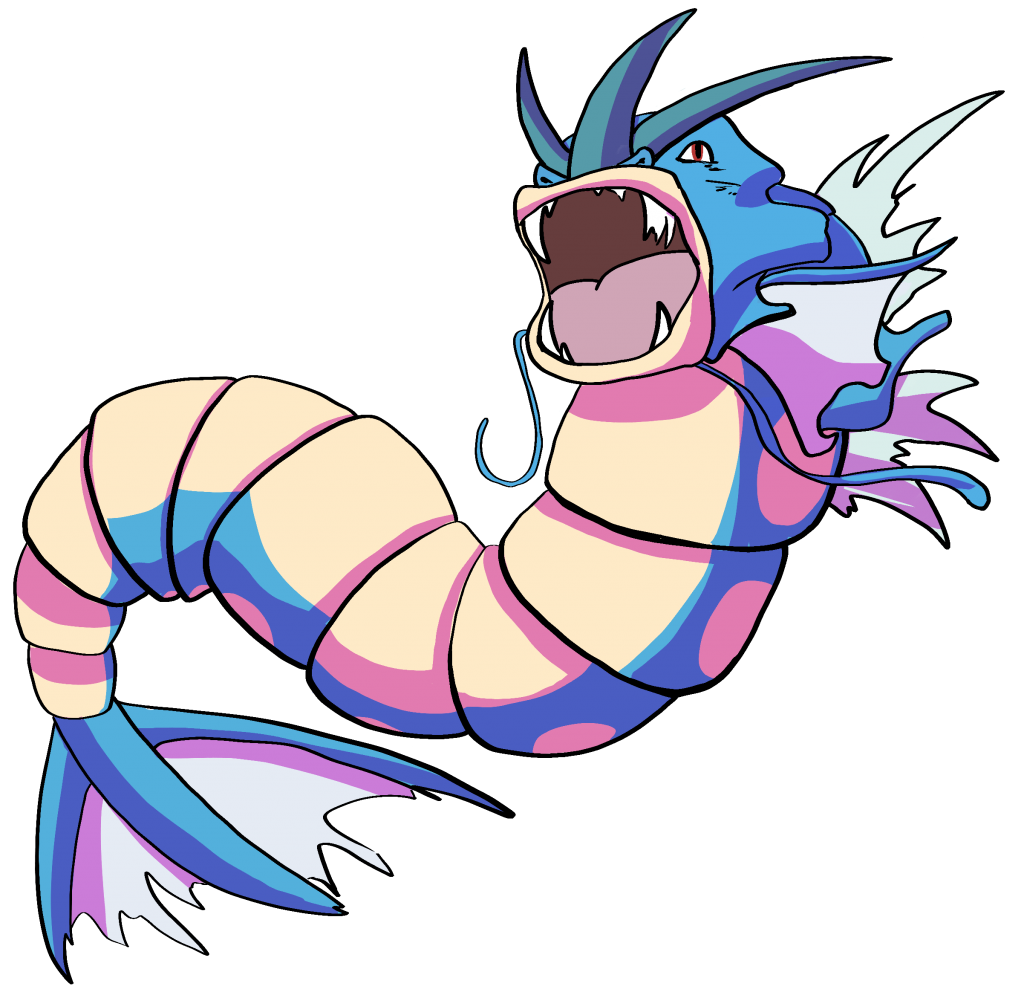
He expresses rage at the influx of pumpkin spice.
Gyarados doesn’t actually have a real world animal basis, but it does have an origin we can connect to. The physical appearance of Gyarados is highly reminiscent of a traditional sea serpent, and more importantly, a Chinese dragon. The undulating coils, gaping mouth, and fiery spirit were rumored to have taken inspiration specifically from the titular Dragon of the Four Guardians in Chinese mythology. This particular dragon (Seiryu in Japan, Qinglong in China), was often surrounded by water and looked like a snake. A dragon spirit ruled the wind and the rain, and flooded shit from time to time. Kind of like a temperamental asshole Pokémon I know.
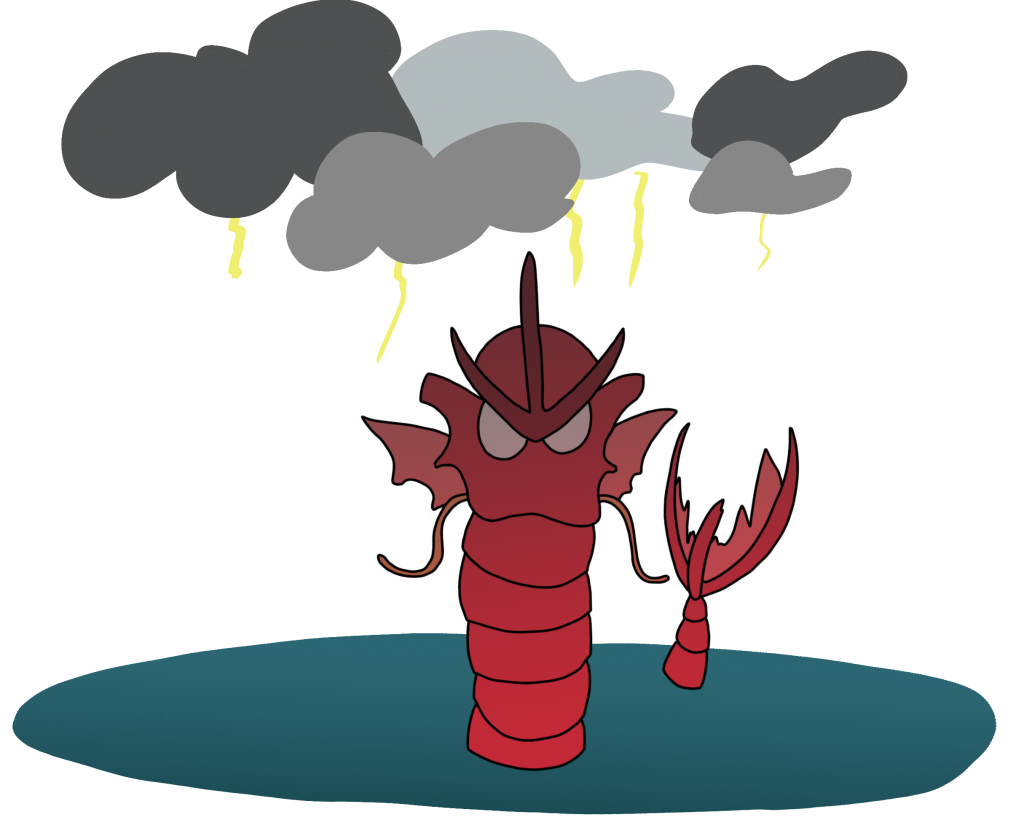
Remember this asshole? Lance sure does.
The Dragon Gate
Let’s get into the heart of this shit now, shall we? There’s a myth I’ve got to slap you with before I can really blow your mind (admittedly with something you already knew if you’re even remotely interested in Pokémon). The Dragon Gate myth is the story that somewhere in China (probably in the Yellow River), there’s a wild waterfall with a ton of rapids that will delight in drowning you. Somehow, some crazy carp decide to attempt to swim up the waterfall. Carp do like to swim upstream and will swim through currents because of that crazy fish mating determination, but it’s so hard for a carp to actually make the Dragon Gate jump that it almost never happens. They try for years. If one actually makes it, they become an amazing, super rad dragon. So it’s worth the challenge, even if an eagle swoops you up as a tasty little determination snack along the way.
This myth is seen in the main series games because Magikarp is a literal chore until it evolves into Gyarados. You have to wait until level 20, bringing this shithead in at the beginning of a fight, then quickly swapping him out if you’re old school. Turn on EXP Share if you want to speed it up, but risk missing out on those sweets EVs (unless Pokerus is present or you have a Power Item, but that’s neither here nor there). Magikarp isn’t such a brutal pain to train up as it was, but it’s still a grind, and it’s rewarded sweetly with the screeches of a Gyarados.
The effort to jump that so called Dragon Gate is made clearer in the spin off, Pokémon Snap. In the beginning of the Valley level, you can knock a Magikarp into the water. No big deal, those guys are idiots, so it’s easy enough. Later, you’ll come to a waterfall, where you see that stupid little fish flopping at the base. Whaddya know, he jumps up into the waterfall, and what emerges to eat your face? A beautiful, limited poly Gyarados.
The bottom line: The King of Koi
The Japanese name of Magikarp is koikingu. While the koi and carp have their differences, a koi is largely considered a domesticated carp. The Japanese have a common saying, “koi no taki-nobori”, or “koi climbing the rapids”. It illustrates the magnificent struggle of koi to climb up that incessant waterfall, and is used to describe perseverance over a challenge.
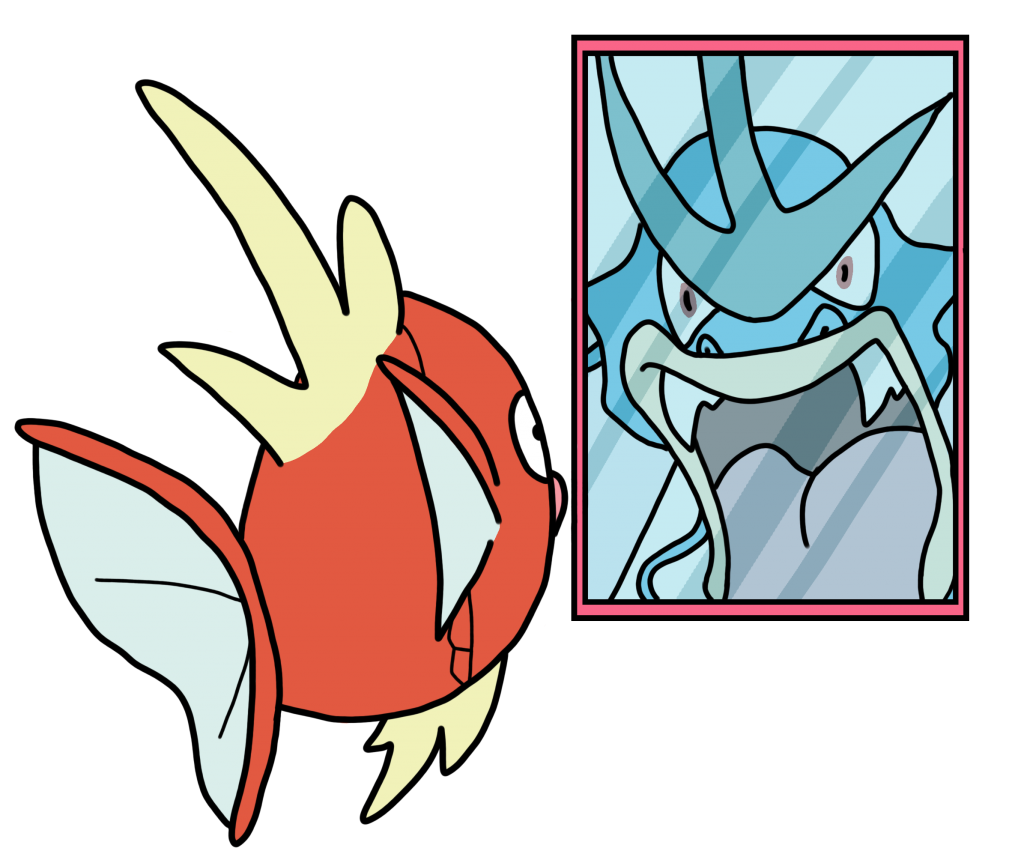
Persevere, and become the raging boss monster you were always meant to be.
Is this the face of the king of all koi? Is this the face of true grit, of relentless determination in spite of adversity? The Magikarp salesman would have you believe it. Whether you want a Gyarados or an incredibly buff Magikarp, this little fish is a treasure.
And it’s freaking royalty.
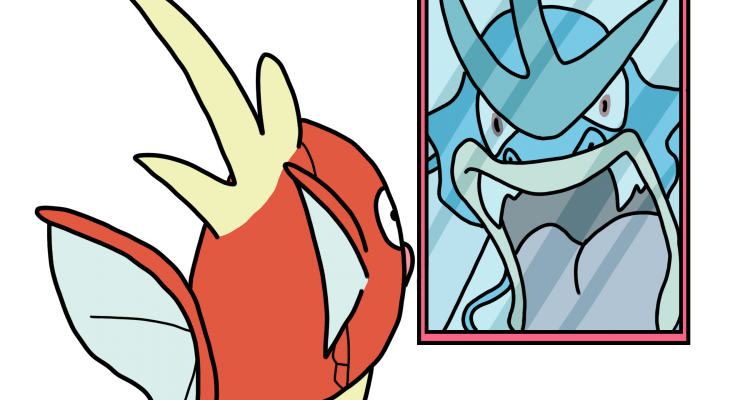

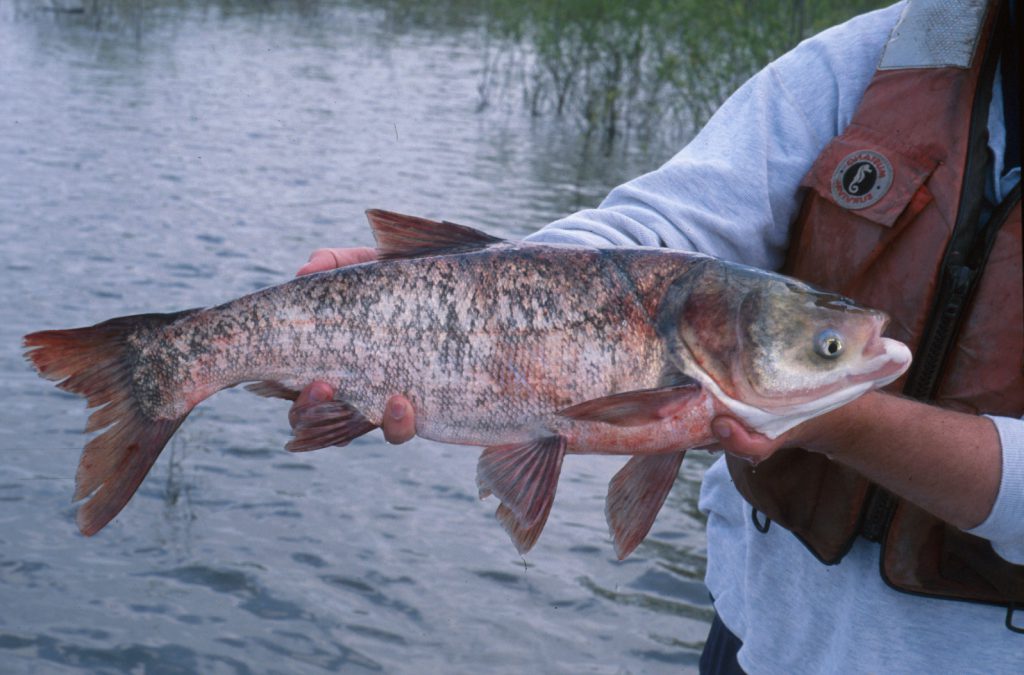
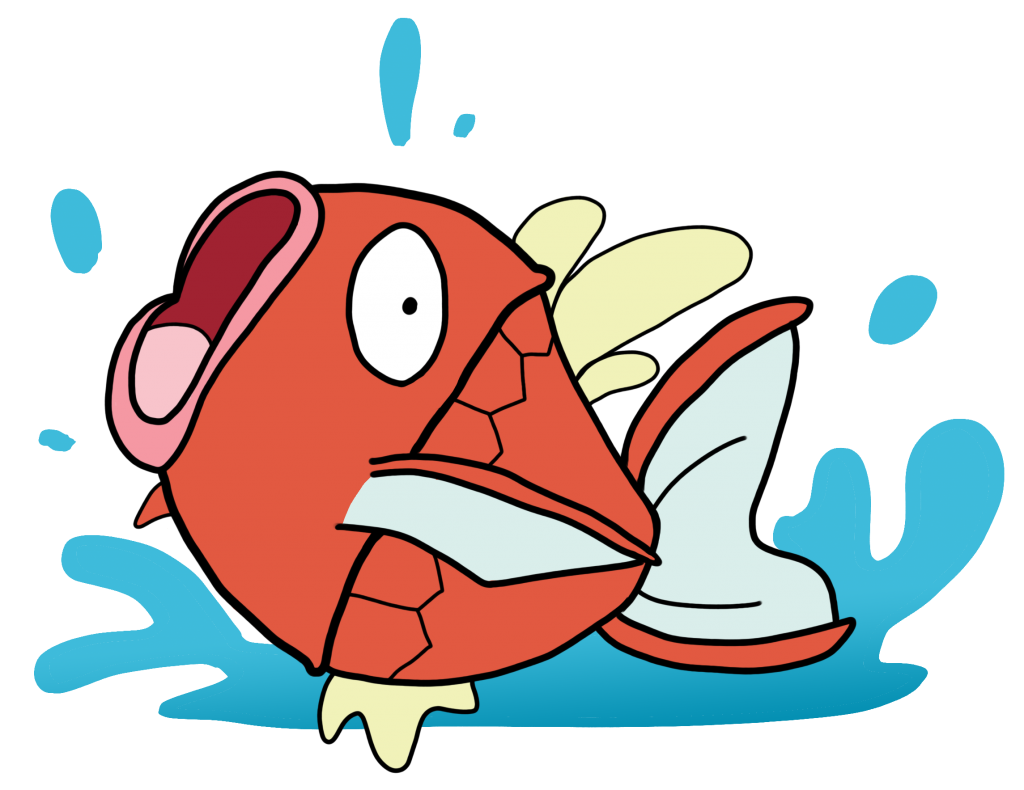
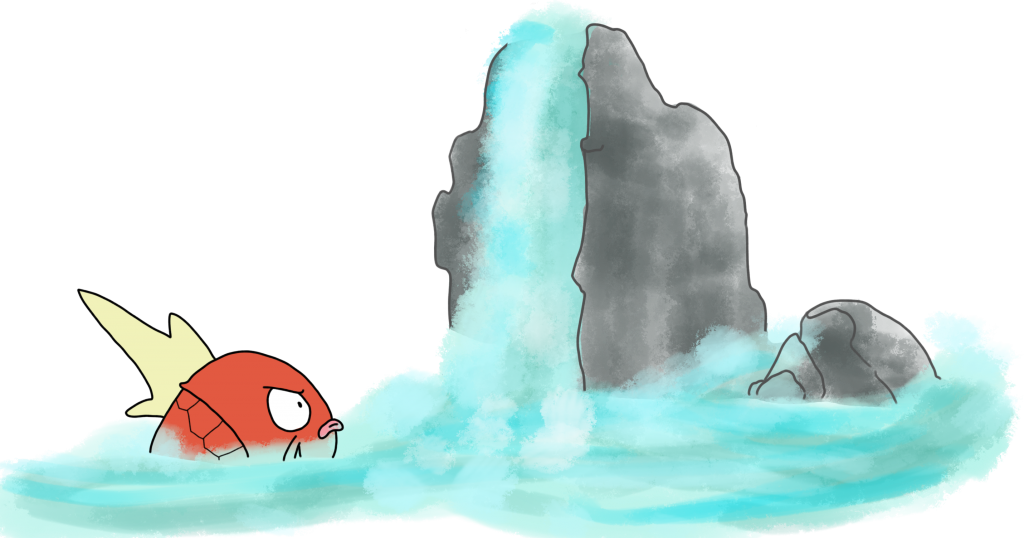
No Comments on "Pokemon myths: Making a splash, a la Magikarp"